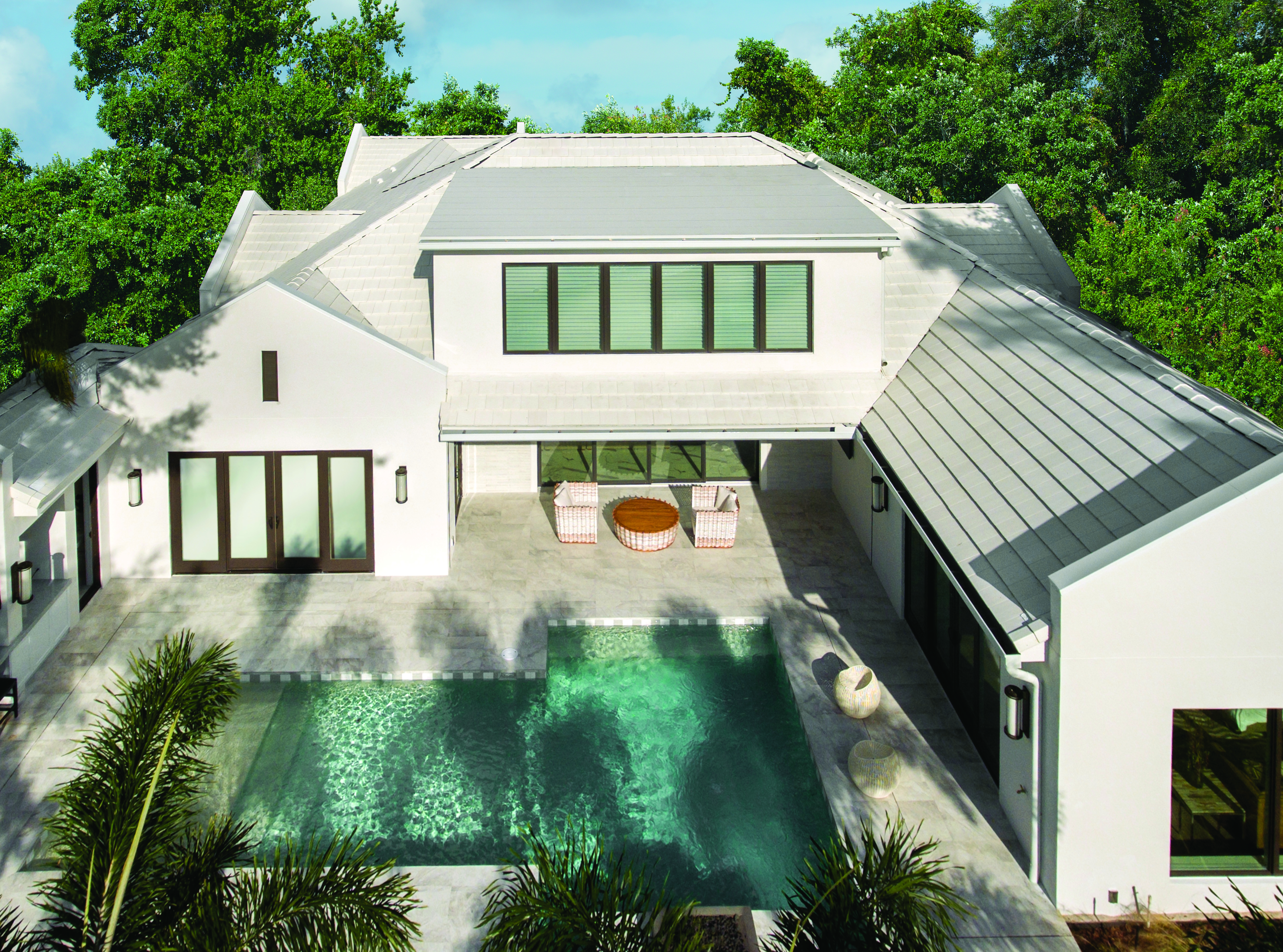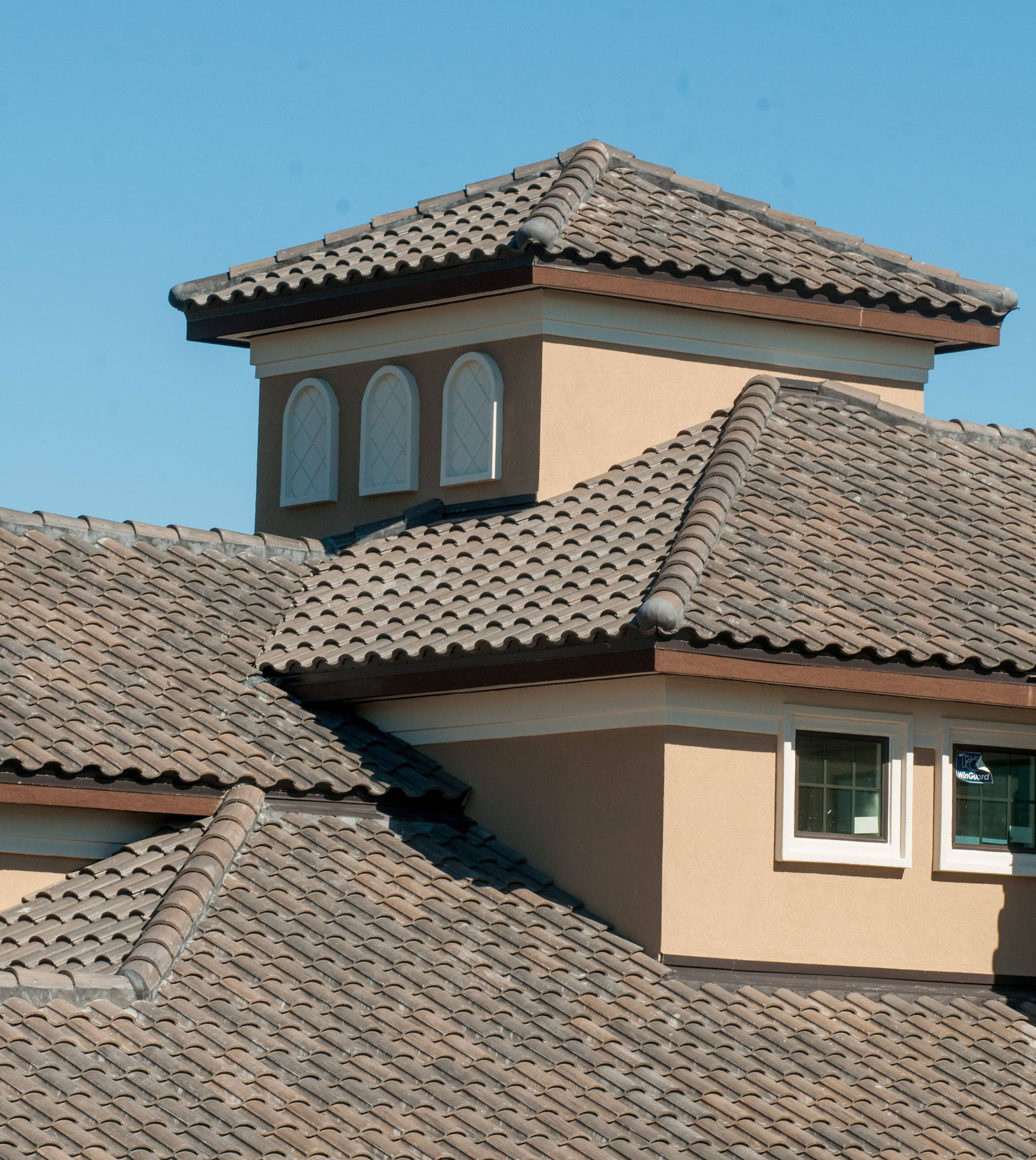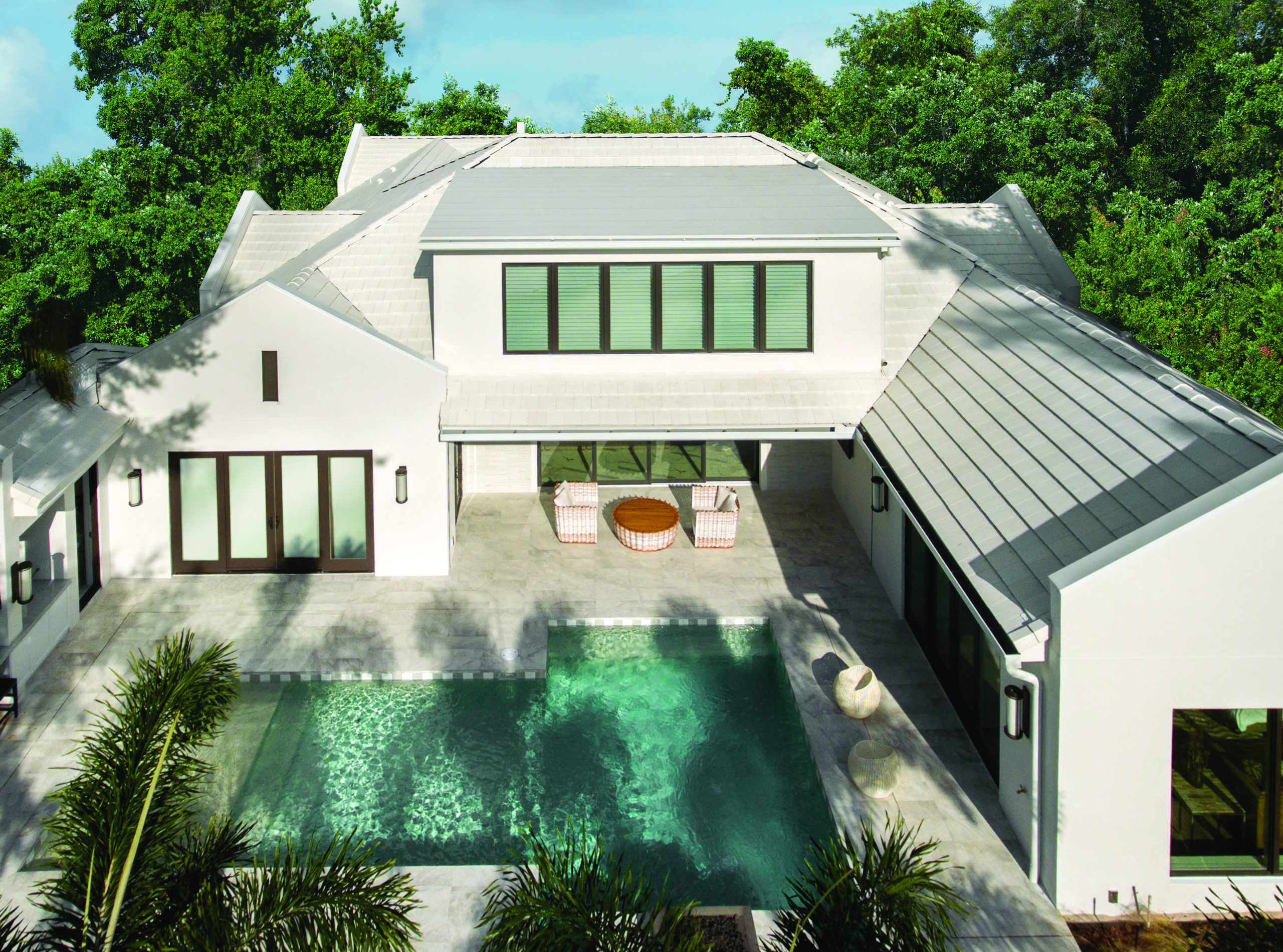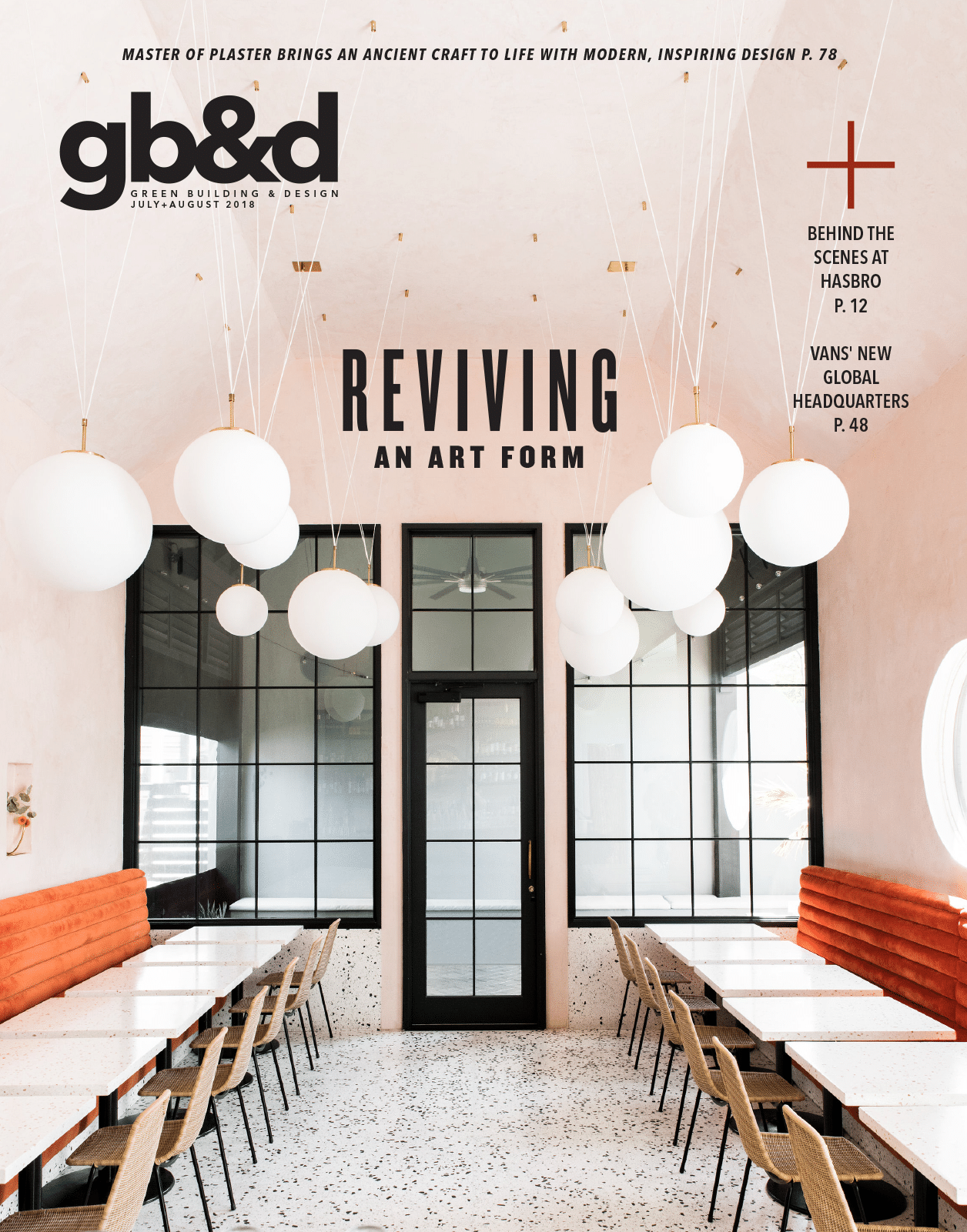Boral Cool Roofs in clay and concrete use tried and true principles of physics to cool modern, energy-efficient homes.

[Photo: Courtesy of Boral Roofing]
Students of biomimicry love how nature provides techniques for natural ventilation and cooling. Termite mounds, for example, with their internal chimneys and gas-permeable walls, are the model for passive, non-mechanical ways to cool commercial buildings in Harare, Zimbabwe. Warm air rises, regardless of whether it’s in a termite mound or human habitat.
Boral Cool Roof Systems work a bit like termite mounds and indigenous building systems like those devised in equatorial regions that allow rising heat to escape from structures. The roofing tiles’ design is passive—no mechanical devices or energy are required to power the system—and yet it saves 22% off cooling costs.
Wade Shepherd, a chemical engineer who now works as a senior business development manager for Boral Roofing, explains that the Boral Cool Roof System elevated batten system previously existed to keep the roof system dry. “We elevated the battens that the tiles hang on by adding pads to the bottom of the battens to prevent trapping moisture and allow drainage, which preserves the roof system beneath the tiles,” he says. “It was three-fourths of an inch and we added another three-eighths of an inch while also using higher quality wood for the batten to improve resiliency.”
But the Boral Cool Roof System has even more benefits.
FROM OUR JULY+AUG 2018 ISSUE

[Photo: Courtesy of Boral Roofing]
It’s a roof that breathes.
The thermodynamics of rising air—flotation, because warm air is less dense—is the guiding principle for Boral Energy Efficient Cool Roof Systems. The mechanics are simple: An elevated batten system creates a continuous space sandwiched between the tiles and the underlayment (over the roof deck), providing a channel for air to flow up and out. The air feeds in through a vented eave riser, passes under the tiles, and flows out via passive exhaust ventilation at the ridge.
It works with different roofing styles.
The Boral Cool Roof Systems are easily understood with Mediterranean-style clay roofing tiles. Characteristically used in warmer climates, the Spanish mission barrel shape allows for that flow of air from the lower intake to the upper roof vent.
The elevated batten system that allows that airflow can also be incorporated into slate and shake styles, expanding the system to additional architectural styles. Boral also manufactures a clay-like barrel tile out of concrete, as well as slate and shake tiles that similarly shed hot air.
It saves money in multiple ways.
The Boral Cool Roof System shaves costs off of cooling bills by shedding up to 86% of the heat that the sun-facing roof absorbs on a clear day. But that isn’t achieved solely through the airflow design. Boral Roofing Clay and Concrete Cool Roof tiles radiate heat before it’s even absorbed; up to 53% of the sun’s solar energy bounces off the tiles’ and shakes’ high solar reflectance surfaces. By comparison, an asphalt-shingle roof reflects less than 10% of solar energy.
Perhaps the best illustration of this roofing system’s efficacy is from the company’s measurement of attic temperatures. All other factors being equal, an attic in a standard asphalt shingle home registered 139 degrees Fahrenheit on a hot day while one under the Boral Cool Roof System was 94 degrees Fahrenheit —a 32% temperature reduction.
California loves them.
The Title 24 Building Energy Efficiency Standards stipulate that low-sloped roofs have white or light-colored reflectivity. However, steep sloped roofs present challenges to architects because darker roofs are often a preferred aesthetic. To address this, Boral collaborated with the California Energy Commission to write standards for roofs that are able to shed heat in ways other than color. “The Commission recognizes this system as another great way to reduce energy in addition to light colored surfaces,” Shepherd says.
Longer-lasting roofs.
The lifespan of asphalt shingle roofs is between 15 and 30 years, depending on product quality, climatic conditions, adverse events, and other factors. Clay and concrete tile roofs are permanent features of a home, designed to last as long as the structure itself and requiring little to no maintenance. “Systems that breathe and dry out last much longer and, if installed correctly and maintained, won’t need to be replaced,” Shepherd says.
There’s an energy calculator for builders and homeowners.
Of course, homes and their roofs vary and face different climatic conditions. To identify the relative savings with the cool roof system, Boral provides an online calculator to check for multi-year savings.
Manufacturing is green, too.
Boral Roofing Clay Tiles are made from actual clay, and up to 59% of the material in the products is recycled content (upon demolition, the clay tiles are 100% recyclable). In a recent year, the company used 48 million tons of recycled materials. Boral Roofing was the first roofing tile manufacturer to achieve the Cradle To Cradle Gold certification. Tiles and shakes are made of concrete as opposed to asphalt shingles, and actually absorb carbon dioxide from the air—to 20% of the CO2 emitted in manufacturing over the life of the roof.
Cool roofs are easy to install.
“There is no significant change to the installation procedure,” Shepherd says. The roofers who work with the system are not required to use exotic materials or tools. Boral’s recommended underlayment has an extremely strong polyester surface, which meets the high Miami-Dade (Florida) standards for wind and moisture resistance.


